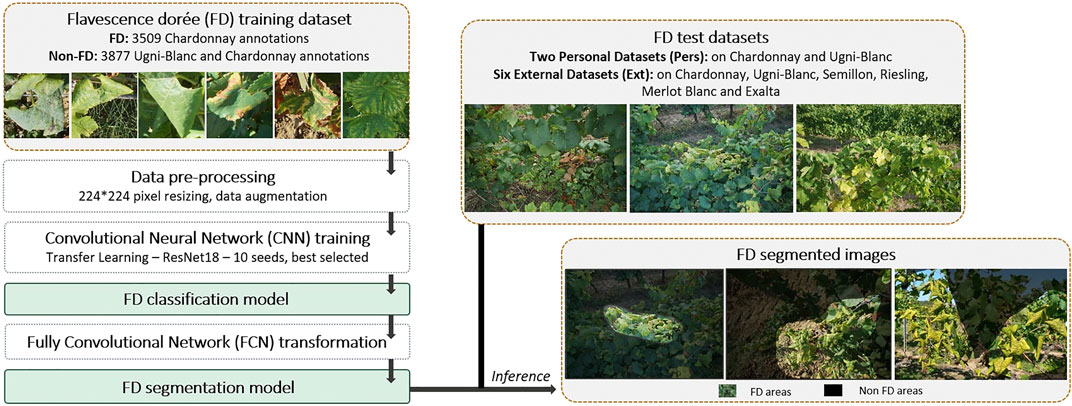Automatic detection of pests and diseases in crops.
All biological processes have been described on the basis of mathematical models. Due to the above, they have become the science database in agriculture. In addition to being able to estimate and predict crop yields and irrigation planning, with this data revolution we will also be able to estimate the incidence and severity of diseases that affect our crops in order to plan mitigation and management activities on time and in a timely manner. preventive way.
It is never too late if we observe on time.
This applies to diseases and pests in plants, the initial basis of which is to be able to identify them in their early stages of infection (when we refer to pathogens) and infestation (to harmful insects). The early identification of the previously mentioned factors, together with the execution of a preventive control strategy allows minimizing costs and ultimately improving the operational results of crops.
The essential is invisible to the eyes.
For this reason, the way to identify diseases and pests, because the vast majority are microscopic and small and therefore, hopefully high-resolution images are used, which are the basis of the methodology of computer vision and machine learning.
There are several studies on early-stage detection using imaging, machine learning, and deep neural networks. We can highlight the work of Canh Nguyen (2021), with his work with these techniques for the detection of vein clearance virus (GVCV) using multispectral images and 2d and 3d convolutional networks, with accuracies over the 70% which can continue to improve if the number of training images is increased.

Another novel technique was carried out by Ausin and Rodrigues (2015), for the detection of the fungus. plasmora vitticola, also called mildew. They use a model based on meteorological information to estimate the ideal conditions for the reproduction of the fungus and thus recommend the precise moment for the application.
Lastly, the work by Boulent and St-Charles (2020), who used deep learning to detect symptoms of golden flavescence. They fed the model through a series of training images obtained in the field. The detection results were around 98.5% for the Chardonnay strain.

The essential climatic parameters in the development of pests and diseases.
In the epidemiology of diseases and even in the population dynamics of insects since the 70s in the green revolution, their description has been strengthened based on mathematical models in order to find the initial periods and predict the level of incidence and severity ( microorganisms) and damage (insects). For example, diseases caused by microorganisms in plants that are divided into monocyclic (one infection cycle) and polycyclic (multiple infection cycles): this, based on Van Der Pank's theories in the 70s, has been explained with models mainly exponential and logarithmic. In addition, within the principle of the disease triangle, it is indisputable that the infection/infestation process has an interaction not only with the physiological factors of the plants, but also with the climatic parameters. With data science, both these climatic and plant factors and the virulence factors of harmful pathogens and insects, a more complete analysis of the pathosystem can be carried out and thus know when, how much and with what product the application should be made.
Less agrochemicals, more management in agroecology.
That is why it is so important to identify diseases and pests in time to be able to apply resistance-inducing biological products and reduce symptoms and damage to our crops. Because normally, they are not detected in time and aggressive applications of agrochemicals are made in curative mode. This has brought consequences, not only causing resistance of these pathogens to these agrochemicals and decreased yields due to the sequelae of the diseases, but also their residuality in soils and irrigation water.
Austral Falcon, now ventures into early detection of diseases and pests, with the application of different computer vision techniques and multispectral image processing through machine learning pipelines.
If you were interested in this blog entry and want to know more about how Austral Falcon can help you make data-based decisions, schedule a meeting with our executives here.